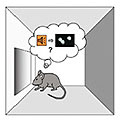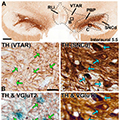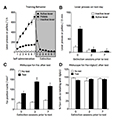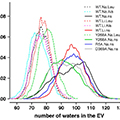Featured Paper of the Month – June 2017
Published in Neuropsychopharmacology by Zapata, Agustin; Hwang, Eun-Kyung; Lupica, Carl R
The lateral habenula (LHb) is a brain structure receiving inputs from limbic forebrain areas and innervating major midbrain monoaminergic nuclei. Evidence indicates LHb involvement in sleep control, reward-based decision making, avoidance of punishment, and responses to stress. Additional work has established that the LHb mediates negative feedback in response to aversive events…










